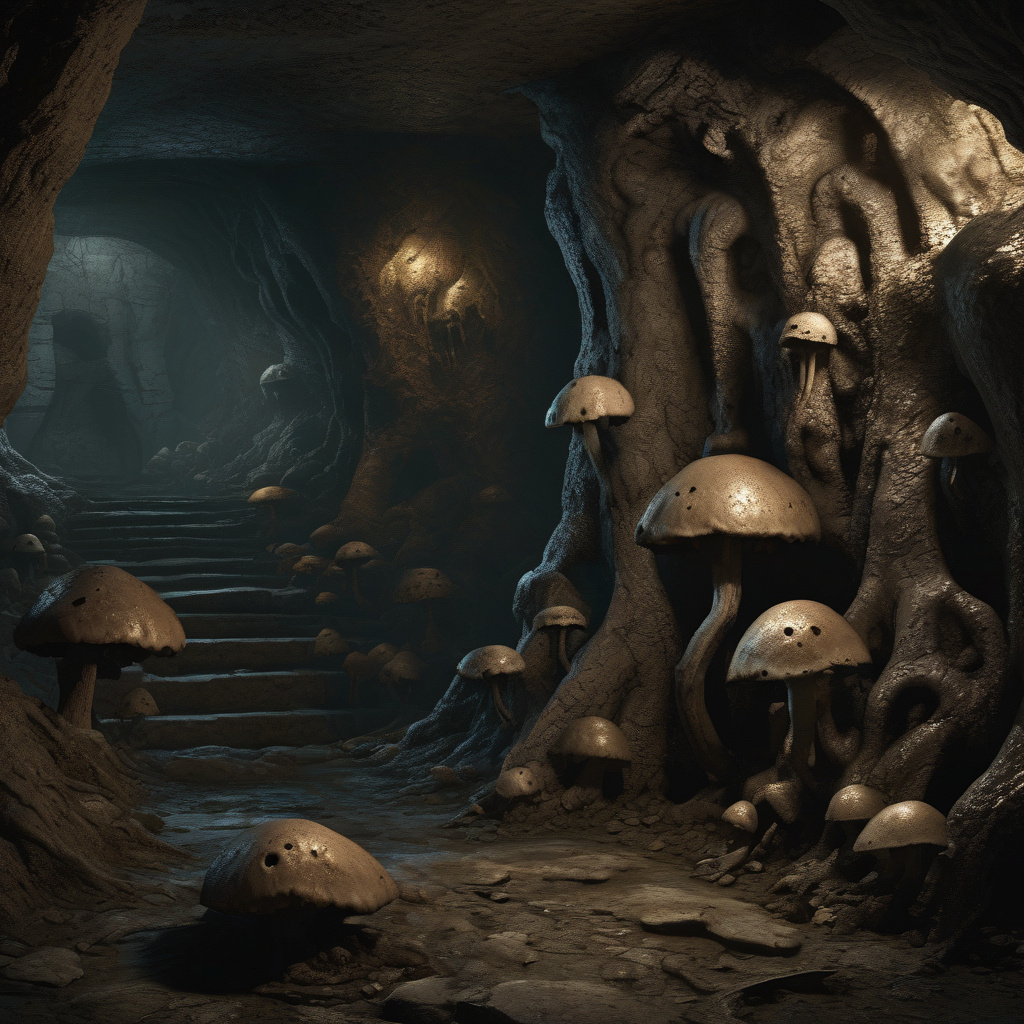Deadly Tomb Fungus That Killed 10 Scientists Now Yields Powerful Cancer-Killing Drug
Researchers have harnessed a deadly fungus (Aspergillus flavus) to create a powerful cancer-fighting agent. The same fungus that tragically took the lives of ten scientists in a mysterious tomb in the depths of the Egyptian desert has now been transformed into a potential life-saving drug. This groundbreaking discovery opens up new possibilities in the field of medicine and showcases the remarkable potential of nature’s deadliest creations.
Aspergillus flavus, known for its toxic properties and ability to produce harmful aflatoxins, has long been feared for its lethal consequences. However, scientists have managed to extract a compound from this deadly fungus that shows promising results in combating cancer cells. The compound, named AF-1, has demonstrated potent anti-cancer effects in preclinical studies, offering new hope for patients battling this devastating disease.
The journey from a lethal tomb fungus to a cancer-fighting drug is a testament to the power of innovation and scientific exploration. By tapping into the unique properties of Aspergillus flavus, researchers have been able to unlock a hidden potential that could have a profound impact on the future of cancer treatment. This transformative discovery highlights the importance of thinking outside the box and exploring unconventional sources for new medical breakthroughs.
One of the key advantages of AF-1 is its ability to selectively target cancer cells while leaving healthy cells unharmed. This targeted approach minimizes the side effects commonly associated with traditional cancer treatments, offering a more effective and tolerable option for patients. Additionally, the compound has shown synergy with existing cancer therapies, suggesting that it could be used in combination with other treatments to enhance their effectiveness.
The development of AF-1 also underscores the importance of interdisciplinary collaboration in scientific research. By bringing together experts from diverse fields such as mycology, oncology, and pharmacology, this project was able to leverage a wide range of knowledge and expertise to achieve a breakthrough that may have seemed impossible at first. This multidisciplinary approach not only accelerates the pace of discovery but also fosters innovation and creativity in problem-solving.
As promising as AF-1 may be, the journey from the lab to the clinic is a complex and challenging one. Clinical trials will be needed to evaluate the safety and efficacy of the compound in humans, a process that can take years to complete. Regulatory approvals, manufacturing scale-up, and commercialization are all hurdles that must be overcome before AF-1 can reach patients in need. However, with the dedication and perseverance of the research team behind this discovery, there is hope that this potential cancer-killing drug will one day become a reality.
The story of the deadly tomb fungus turned cancer-fighting drug is a powerful reminder of the untapped potential that lies within the natural world. By looking beyond the surface and exploring the hidden treasures of our environment, we may uncover solutions to some of the most challenging problems facing humanity. As we continue to push the boundaries of scientific discovery, who knows what other remarkable breakthroughs may be waiting to be unearthed.
In conclusion, the journey from a deadly tomb fungus to a potent cancer-killing drug represents a triumph of ingenuity and perseverance in the face of adversity. This remarkable discovery not only offers new hope for cancer patients but also highlights the transformative power of scientific exploration. By harnessing the deadliest of nature’s creations, we may ultimately find the cures we seek in the most unexpected of places.
cancer, medical breakthrough, innovation, research, science












